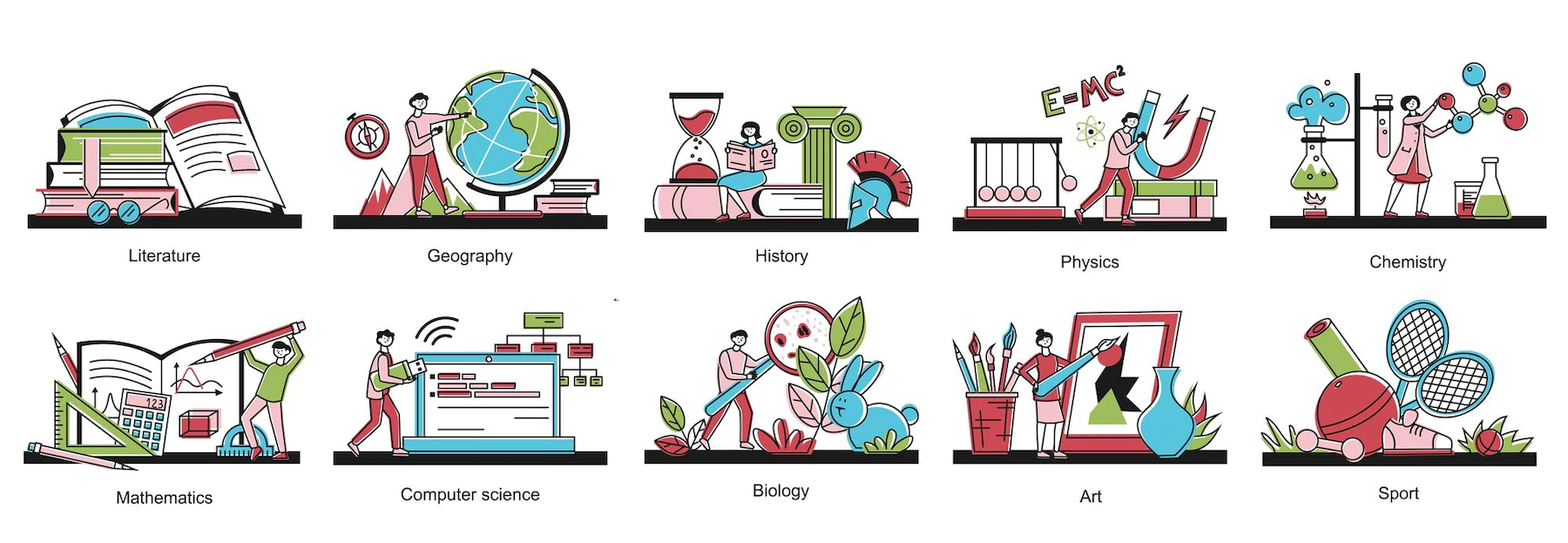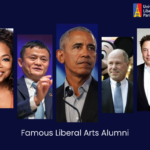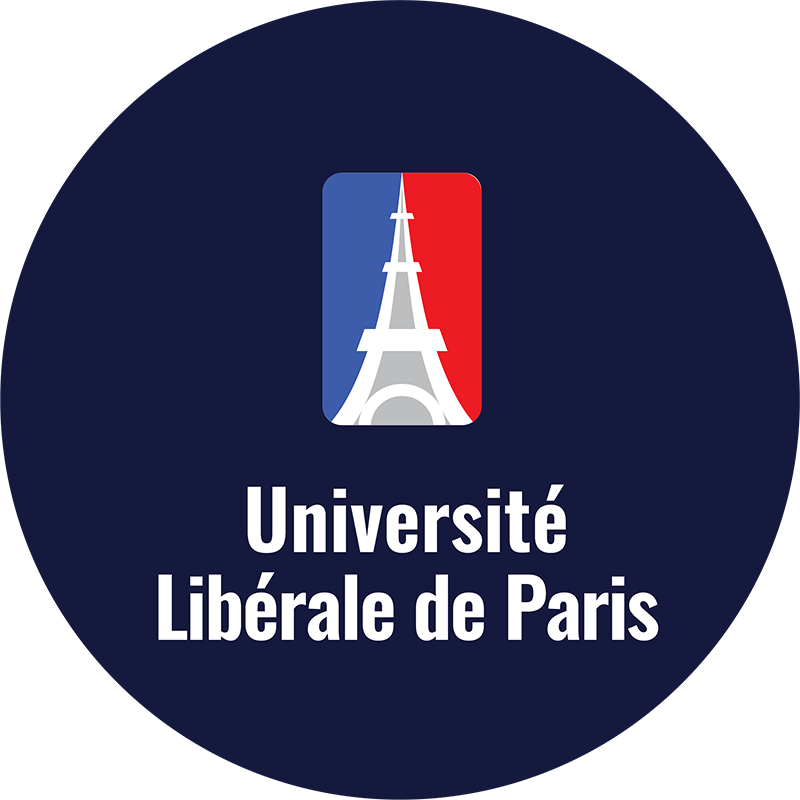Liberal arts programs offer a broad education incorporating multiple areas of study in the arts, natural and social sciences, and humanities. This principle teaches students how to think and communicate as well as the skills needed to be better learners, thinkers, and global citizens rather than training them for a single career path. This article will describe in a detailed way about the liberal arts curriculum, its value and courses related.
Table of Contents
ToggleA Dive into A Liberal Arts Programs
A liberal arts institution will expose you to many subjects in the arts, humanities, and natural and social sciences. Students can major in common fields of creative arts such as fine art, music, theatre, and creative writing courses. Also, humanities courses like history, classical or modern foreign languages, philosophy, English literature, and theology are typical in liberal arts degrees. Social sciences are also significant components of a liberal arts curriculum. During taking a liberal arts programs, you can expect to study sociology, geography, anthropology, political science, and economics.

Subjects of studying in the liberal arts program.
Mathematics and science are important subjects to study in a well-rounded liberal arts degree. A liberal arts curriculum typically includes biology, physics, and chemistry courses. Students must take at least one college-level math class during their academic careers, with options ranging from statistics to calculus.
Interdisciplinary of A Liberal Arts Program
A liberal arts program is an interdisciplinary education. Many institutions require students to take a specific number of classes in subjects unrelated to their major. These groups of classes are sometimes referred to as core or foundational classes. Courses in literature, arts, sciences, mathematics, and social sciences are among them. These courses offer students a fundamental understanding of the world and its history.

Managing dynamic team in the application of T-Shaped Learning Model
These classes expose students to subjects they may have never encountered before. These courses can sometimes affect a student’s decision to pursue a major. A course that introduces students to the study of art, biology, or field archaeology could lead to a full-fledged career later on. Given that many students start college with no specific major in mind, a seemingly random class can shift a student’s entire career outlook. People frequently discover their desired jobs by chance.
Liberal Arts Program for The Sake of Learning
According to The Hechinger Report, the primary purpose of a liberal arts college is education itself rather than career training. A liberal arts fundamental teaches students to think, study, and interact rather than rely solely on specific technical skills that might quickly become obsolete due to technological changes and the economy.

Team of talented young web-developers done with hard project at the university.
Successful individuals who take the nature of liberal arts usually carry common characteristics as:
- Resilience is the capacity to bounce back from setbacks and deal with adversity.
- Grit, or persistence and enthusiasm for difficult aims
- Conscientiousness, or the disposition to be responsible and ready to postpone enjoyment
- Creativity, or the willingness to deviate from tradition, question the current quo, and generate novel ideas
- Focus, or the capacity to concentrate on one task at a time while tuning out distractions; and self-regulation, or being aware of what is important and having the discipline to see things through.

To sum up, it is an excellent choice for those who enjoy learning and want to develop skills that will help them become better students, more insightful employees, and more responsible individuals.
Université Libéral de Paris is proud to be the first liberal arts institute for post-graduates in Paris, France. We have been helping hundreds of students approach qualified programs and open up career pathways. You can always join our community to improve your knowledge and more.
Understand more about Paris-U’s programs, read here.
References
Tiefenthaler, J. (2013, 4 10). The value of a liberal-arts education. Retrieved from Hechinger Report: https://hechingerreport.org/the-value-of-a-liberal-arts-education/
What Does a Liberal Arts Education Teach You? (n.d.). Retrieved from Best Colleges Online: https://www.bestcollegesonline.org/faq/what-does-a-liberal-arts-education-teach-you/




